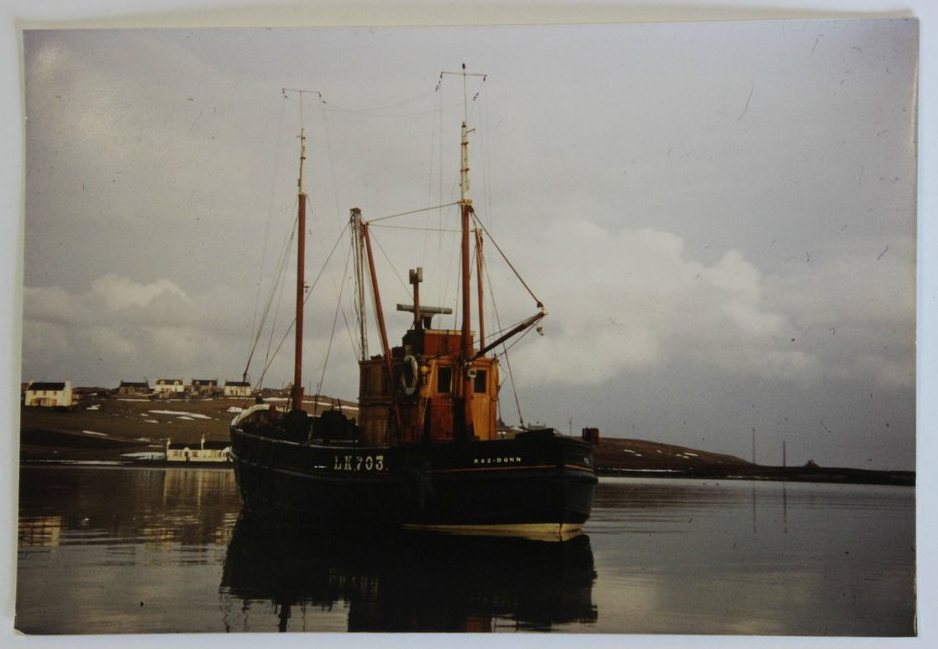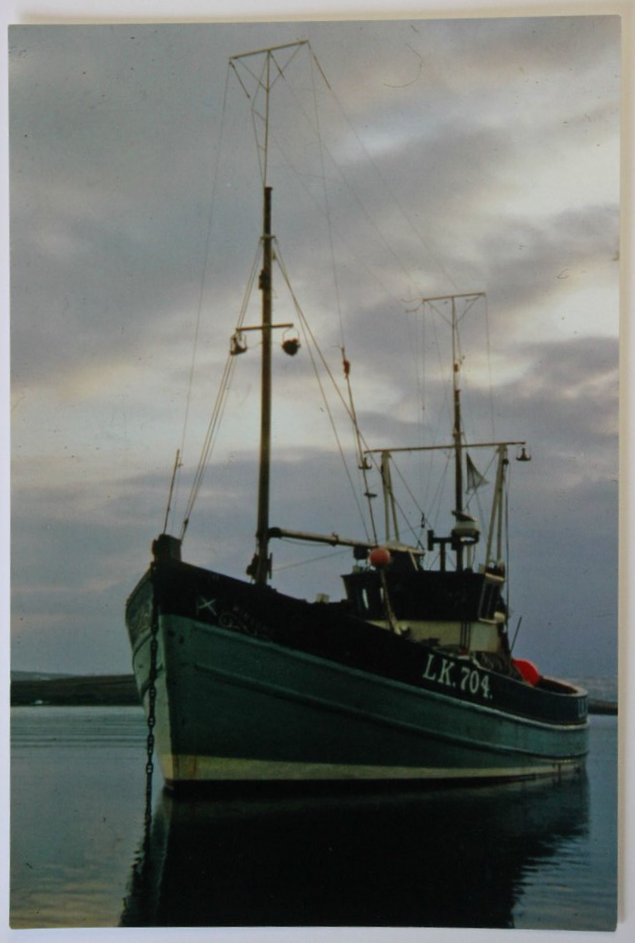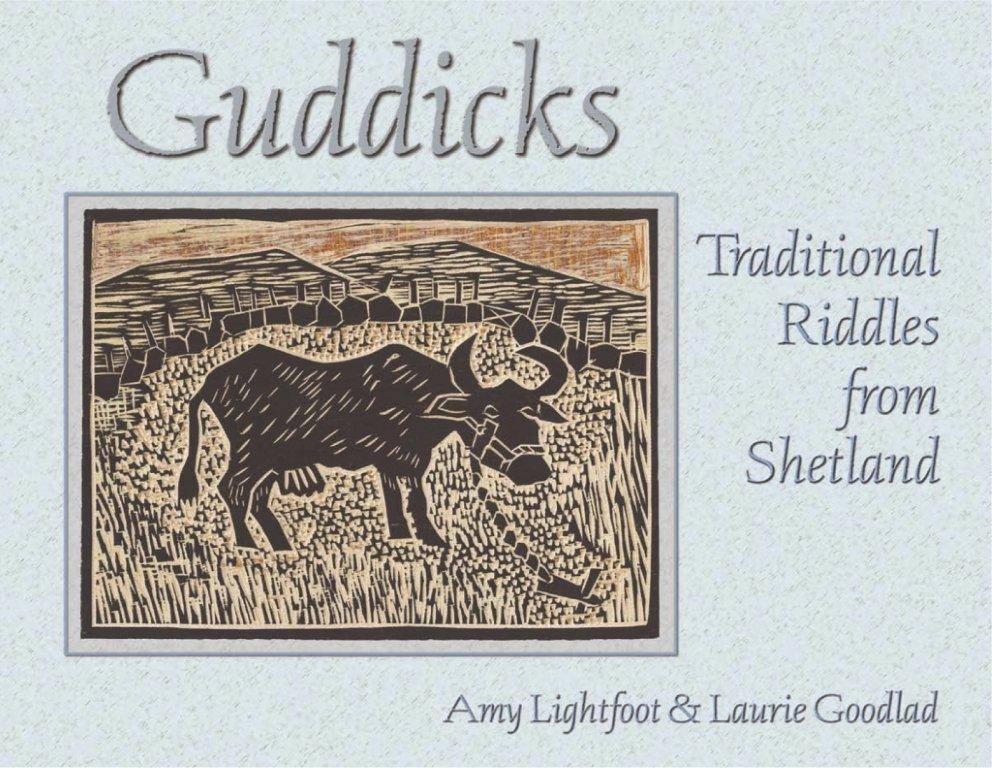History
200 years of blood, sweat and tears…
Seafood has long played a significant role in shaping Shetland. Today, we minimise risk with state-of-the-art fishing vessels and equipment. By contrast, our forebears were more vulnerable, exposed to the same harsh weather conditions of today, but with only the most basic of boats and tackle. It was a hard and often dangerous life, which could lead to disaster, the results of which still impact on some of our communities today.




















